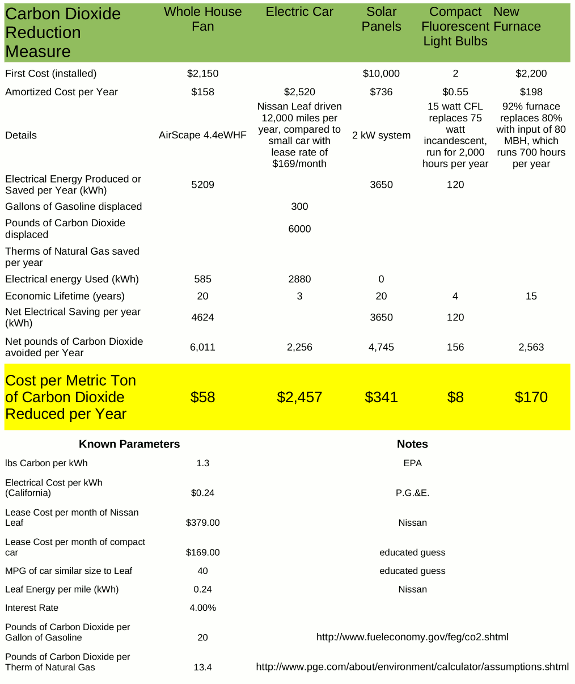 Exciting news! AirScape has been mentioned in the July, 2015 issue of Sunset Magazine.
Exciting news! AirScape has been mentioned in the July, 2015 issue of Sunset Magazine.
Matt Golden, an efficiency expert, provided some tips to help readers efficiently keep their homes cool through the summer. In addition to sealing HVAC ducts, properly insulating the home, and drawing the blinds during the day, Matt recommended homeowners invest in a whole house fan—a suggestion we obviously agree strongly with, especially when ours is the brand being recommended.
Sunset’s July, 2015 issue is on newsstands now. It’d be ungrateful for us not to suggest you go out and get a copy, so, if you’re not already a subscriber, please do! We’re a little too excited, however, not to provide a link, so you can also check out our brief appearance here.
Also, Matt is the CEO of a very cool start-up, Open Energy Efficiency. Be sure to check out their website as well!

